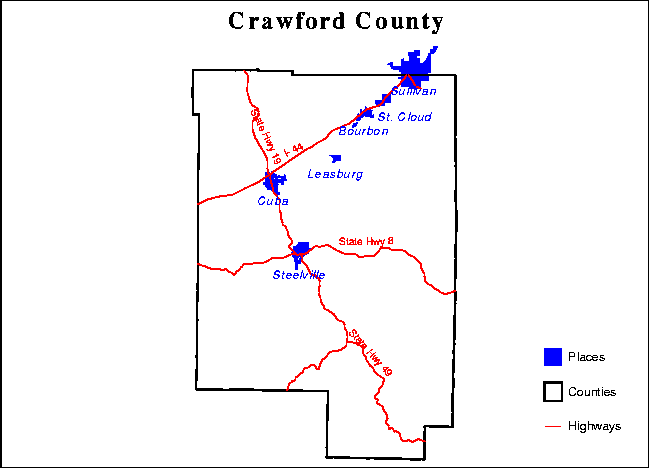
On February 17, 1976, the forests were combined and renamed the Mark Twain National Forest. In June 1973, the Clark and Mark Twain NF were brought under one headquarters in Rolla and became known as the National forests in Missouri. The Mark Twain National forest has a rather unusual history – for it was once known as both the Clark National Forest and the Mark Twain National Forest – both being proclaimed on September 11, 1939. The Mark Twain National Forest, as we know it today, was created on February 17, 1976. The Forest has two trail systems for certain motorized vehicles and bikes, being the Chadwick Motorcycle & ATV Use Area and the Sutton Bluff ATV, UTV, and Motorcycle Trail System. The 350-mile Ozark Trail system winds through much of the National Forest. The public can also visit the Glade Top Trail National Scenic Byway, which offers views of over 30 miles (48 km) to the Boston Mountains in Arkansas. Some unique features of the Mark Twain include Greer Spring, which is the largest spring on National Forest land and part of the Eleven Point National Scenic River with an average daily flow of 214 million U.S. The six ranger districts actually comprise nine overall unique tracts of forests.

MTNF is divided into six distinct ranger districts: Ava-Cassville-Willow Springs, Eleven Point, Houston-Rolla, Cedar Creek, Poplar Bluff, Potosi-Fredericktown, and the Salem. MTNF spans 29 counties and represents 11% of all forested land in Missouri.

The MTNF covers 3,068,800 acres (12,419 km 2) of which 1,506,100 acres (6,095 km 2) is public owned, 78,000 acres (320 km 2) of which are Wilderness, and National Scenic River area. It is named for author Mark Twain, a Missouri native. MTNF was established on September 11, 1939. National Forest located in the southern half of Missouri.

Mark Twain National Forest ( MTNF) is a U.S.


 0 kommentar(er)
0 kommentar(er)
